Mumbai, India’s largest city, is exciting, chaotic and overwhelming, all at the same time. It is a world of notoriously dramatic contrasts: gleaming towers and a rising new middle-class co-exist with sprawling slums and entrenched poverty. Where the rich live, just twenty metres away, you will find the poor struggling to survive. It is a cultural kaleidoscope that will assault your senses: from the daily commotion of monster traffic (no matter which part of the city you’re at), to the epic throngs of people who will push their way through anything, visiting Mumbai is more than just about surviving the culture shock – it is about embracing the daily tumult while losing yourself in the riches of its varied landscapes and customs. Dubbed the City of Dreams, this is the commercial capital that soars by at a dizzying pace; the beating heart of India that – fortunately for you and I – possesses all the elements required to captivate and frustrate in equal measure.
Perhaps one of the first things that will sweep you off your feet about this Manhattan of India is the hodgepodge of imposing old-world architecture and metropolitan skyscrapers contrasted against its infamous decrepit backdrop. There is something awkwardly glorious about seeing a Victorian-styled Terminus located a stone’s throw from the clamour of ramshackle establishments. Or malls with dress codes and security screenings standing majestic against a shantytown backdrop. Even the slums are so off-kilter they look almost orderly when aligned in one setting. Imposing, exuberant, and full of sprightliness, Mumbai’s many faces give the city -and its respective visitors – a dilemma when trying to sum up their experience here. On one hand, it is everything the media has portrayed India to be: poor, dirty, noisy, polluted, and to a certain extent, unsafe. But yet, on the other hand, it is decidedly charismatic in the very way that shatters all these preconceived notions to the core.
Presumably so, Mumbai, then, is more than just a place to visit or a dot on the map to scratch off. It is an emotion, unrelentless and eye-opening in its original form. There must be a reason why travellers still flock to this glittering epicentre despite the endless string of bad press, why many of us return time and again even when conditions are overwhelming and city traffic is always an utter put-off. And one of these reasons might even include how endearing it is to see an entire nation come to a standstill whenever a Rajnikanth film is released.
If you’re looking for undisturbed suburbias, comfort travelling, or snowcapped peaks, Mumbai might not be your best bet. But if you’re seeking for a place that will excite your senses, throw you off limits and ironically, help you attain inner peace, then don’t let the sceptics deter you from Mumbai. Because people will dissuade you left, right, and centre; but if you remain undaunted, you’d soon come to realize just how much this delightfully winsome city has to offer your soul.
Also read: Would You Want to Travel to India?
1. Travelling alone in Mumbai is unsafe (especially if you’re a girl)

MYTH! Travelling alone anywhere is unsafe, especially if you’re careless. It doesn’t matter whether you’re a girl or not because this applies to everyone, anywhere you might go.
Developing nations like India often stand out as the most explorable and intrepid destinations, and it’s not hard to see why. There is authenticity, there is strong heritage, most of the time there is amazing food, but above and beyond everything else, there is shock value. However, if you actually choose to mark one of these countries as your next travel stop, then be realistic. It is a second (or third) world country. There will be poverty, there will be lower education attainment; and as a result of these two factors, there will be higher crime rates. You cannot arrive in India expecting to be blessed with the peace and safety levels of Scandinavian Europe. Don’t wave your wealth around just because you have finally achieved temporary financial freedom in a country where everything is dirt cheap; and if you’re a girl – I hate to say this but – don’t choose this moment to don on your tightest, tiniest, most see-through tank top and the shortest skirt you can muster.
I am not vouching for anything here, but I am saying that it is just not as unsafe as the media is portraying it to be. Yes, it is as poor and overpopulated as we are being led to believe; but no, you will not run into rapists and thieves every corner you turn or every bus you hop on or every market you visit.
If anything, your main worry in India would be getting the customary Tourist Treatment, where you get overcharged tenfold for everything simply because they know they can.
Also read: Travelling to India: Expectations vs Reality
2. Mumbai is all about the slums
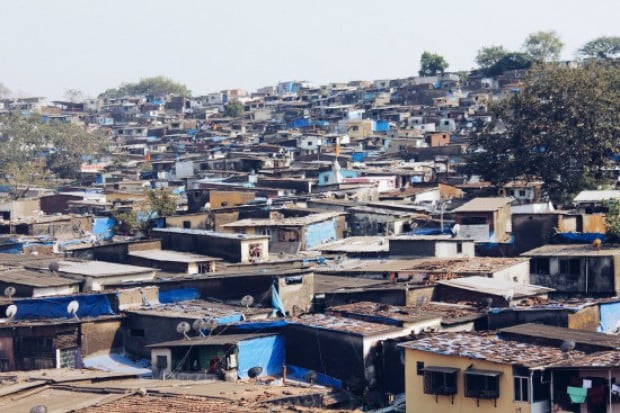
MYTH! After all, this was the birthplace of Slumdog Millionnaire, wasn’t it?
Wrong.
Well, I mean, right. Dharavi, the biggest (and now most famous) slum in Mumbai, is where Slumdog was originally based and filmed, but Mumbai isn’t just about the slums – even though 54% of the city’s population lives in one.
Beggars, dirty streets, starvation, disease—that’s probably how most people envision India. But this economic powerhouse is not merely a mass of 1.2 billion poor people. It is also wealthy. Very wealthy. It has the 4th highest number of billionaires, a space program, and a plethora of luxury hotels that cater both to tourists and the Indian elite. Cities can be pricey too, with standard hotel room rates starting at a whopping USD500 if you’re lucky.
Widely labelled as the commercial capital of India, it won’t take you long to realise that Mumbai is slowly but steadily rising from its shantytown way of life. Strongly influenced by the British rule, Mumbai stands as a striking example of a city that has successfully managed to retain both the imposing relics of a legacy gone past, and the up-and-coming flourish of a contemporary world. The city’s architecture blends Gothic, Victorian, Art Deco, and Indo-Saracenic, with many majestic structures, historical monuments, and epigraphic edifices still standing strong from its colonial era.
Mumbai’s International Airport also makes a very strong first impression; and from the statuesque Victoria Terminus to the legendary Gateway of India to its current massive landscape of skyscrapers, the juxtaposition of Mumbai’s greatest sights is one that will leave you bewildered but thrilled.
3. You can’t survive if you don’t speak Hindi
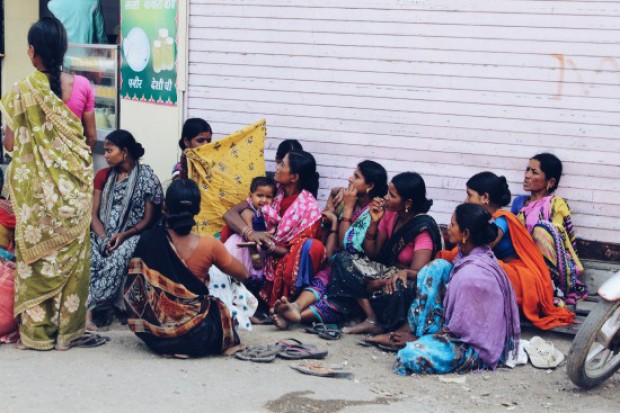
MYTH! Needing to know Hindi to get by in Mumbai is like needing to know Mandarin Chinese to get by in Singapore – we’re both so past that now. Mumbai is a melting pot of cultures and generally, everyone speaks some English, even if only a little. In fact, more Indians speak English than any other language, with the sole exception of Hindi. Especially if you’re sticking to the usual tourist routes, there is no reason why you will have any difficulty at all getting by.
It won’t hurt if you can pick up a few basic words in Hindi though.
Also read: 18 Reasons You Should Travel to India
4. There is nothing to see in Mumbai
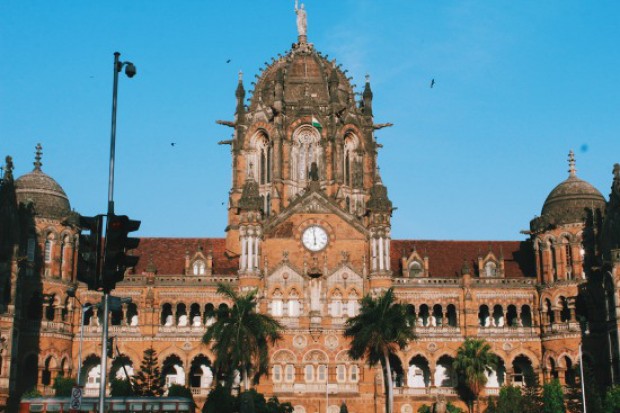
MYTH! What?
You will be shocked by how many people will tell you that. ‘Mumbai is just a gateway to Goa.’ ‘Mumbai is not worth the visit.’ ‘Mumbai is a commercial capital and it is boring.’ ‘There is nothing to see in Mumbai.’
There is everything to see in Mumbai. This City of Dreams perfectly encapsulates the spirit of tradition mixed with modernisation, and it is not difficult to walk out of a slum village, take a corner, and find yourself right in the heart of a five-star residential area. Granted, it might not have the cleanliness or order that most world-class cities do, but its multitude of unique and interesting sights will more than compensate.
Mumbai is pulsating, alive, and always on the move; and its attractions are so widely varied that you’d be hard pressed not to find something that will suit your taste (and pace). From beaches and bazaars to elite shopping malls and Bollywood, from cultural art houses to staggering colonial architecture; you will run out of time before you run out of things to do in Mumbai.
So don’t let anyone tell you otherwise.
5. Eat the street food. / Don’t eat the street food

IT REALLY DEPENDS. (On your system’s ability to handle foreign food, that is.)
When you announce your plans to travel to Mumbai, one of the first questions you’ll probably receive (after its debatable safety level, that is) is with regards to its food.
We all love food. Some of us travel just for food. In Mumbai, there are tours dedicated solely to dishing out India’s finest foods. And why not? Indian cuisine is, after all, one of the best known and loved for its fierce, tangy and strong flavours. If you’re a first-time visitor, be prepared to be handed a contradicting platter of advice: People will tell you to try the street food, and people will tell you not to try the street food. Your choices are half-chance. If you have a weak digestive system and you can’t handle new (or spicy) food, you might want to steer away. Otherwise, there’s no harm done. Indian street food is, after all, one of the most defining culinary experiences you will ever experience in life, and missing it for no apparent reason would be like going to a buffet and not pigging out at the dessert bar: Why not?
Also read: Top 6 Most Beautiful Lake Cities in India
It isn’t always necessarily spicy, so don’t fret if your spice meter range isn’t that well-honed. But it is almost guaranteed always a surprising burst of extreme tastes; so be prepared for that.
6. India (and therefore, Mumbai) is not a liberal place, so you probably won’t enjoy yourself
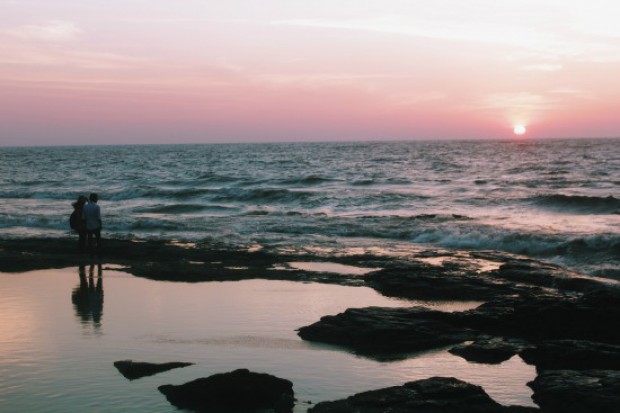
MYTH – SORT OF. Even I will not be so idealistic as to contest the quintessence of this fact – although, I will think twice before making a blanket statement about a population that is 223 million times the size of Singapore’s.
And maybe, it is precisely because of the sheer vastness of this one single population, that results in a complete spectrum of results for any given set of elements. There are hills of slumtowns and entire skyscapes of high-rise buildings; villages of uneducated children and classrooms of Yale and MIT graduates. There is prevalent homelessness everywhere; and yet at same time, there is, in the heart of Mumbai, the Antilia, the most expensive home in the world.
If you haven’t already gathered by now, India is a country of contradictions: every stereotypical Indian cliché you have ever come across is true. And yet, it is not. In the context of culture specifically, etiquette in India is generally governed by a traditional and more conservative set of rules and customs – but that doesn’t mean the up-and-rising new generation of Bombayites aren’t about to change that. Mumbai is, after all, India’s nightlife hub, and it comes with enough bars and clubs to satisfy even the most discerning hedonist. From the atmospheric to the wild to the incredibly sophisticated, Mumbai is stocked with world-class night establishments to last your untamed alter egos a long while.
Also, although homosexuality in India was re-banned in 2013 after its decriminalization in 2009, Mumbai is still considered the most accepting and cosmopolitan out of her other sister cities, with openly gay Bollywood and TV stars, and plenty of socially connected people with armloads of gay friends. It is a remarkably small and embryonic scene, I won’t deny that; but it is existent and it is ever-evolving. And with Mumbai’s rich diversity and aptitude for rapid development, it won’t be long before the city makes its mark in Asia as an LGBT hotspot.
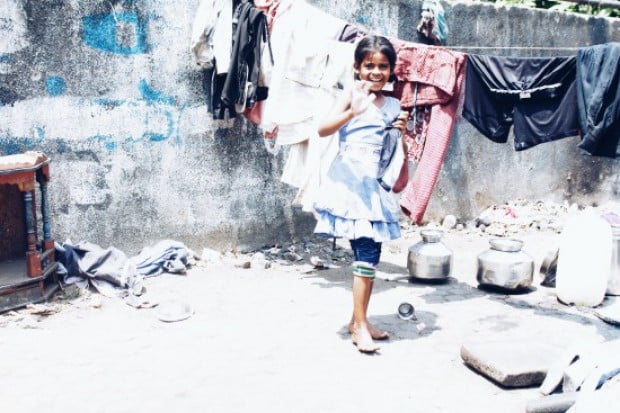
If you ask me for sound advice on travelling in Mumbai, I’m afraid I have none to offer. There is no real preparation for a city of this proportion. From the second you arrive (and I wish I meant that figuratively), you will be thrown right into the middle of an intense sensory overload. Mumbai is one colossal city of sounds, smells, and colours, and how much you take away from it will depend largely on your disposition towards embracing this very chaos. If anything, know that even the greatest frustrations here can turn out like Karela Chutney: exotic, uniquely Indian, with a slightly bitter aftertaste – but beautifully intense and enriching all the same.
So enjoy Mumbai. Because I know I did.
Contributed by Life Without A Compass.





